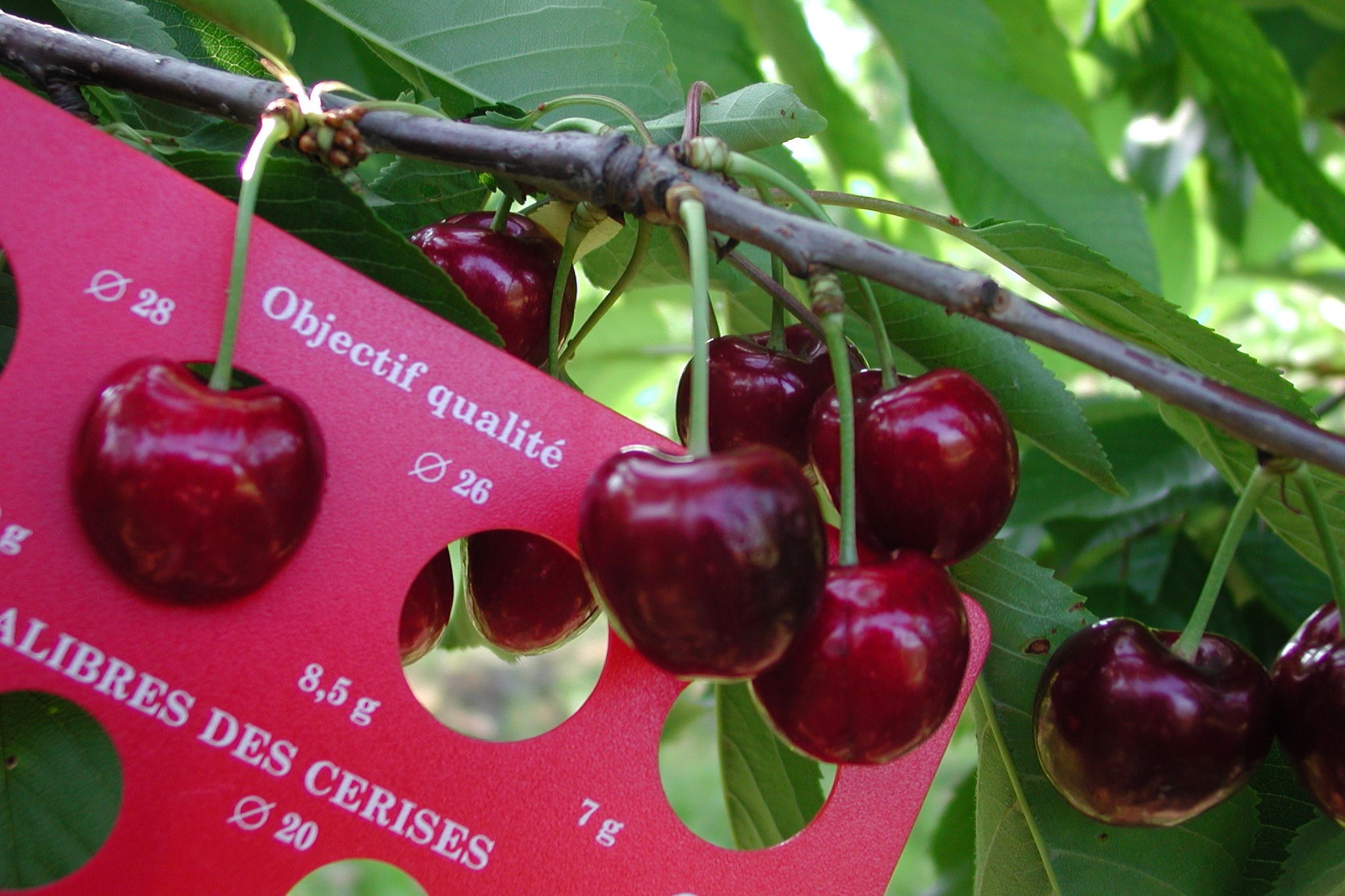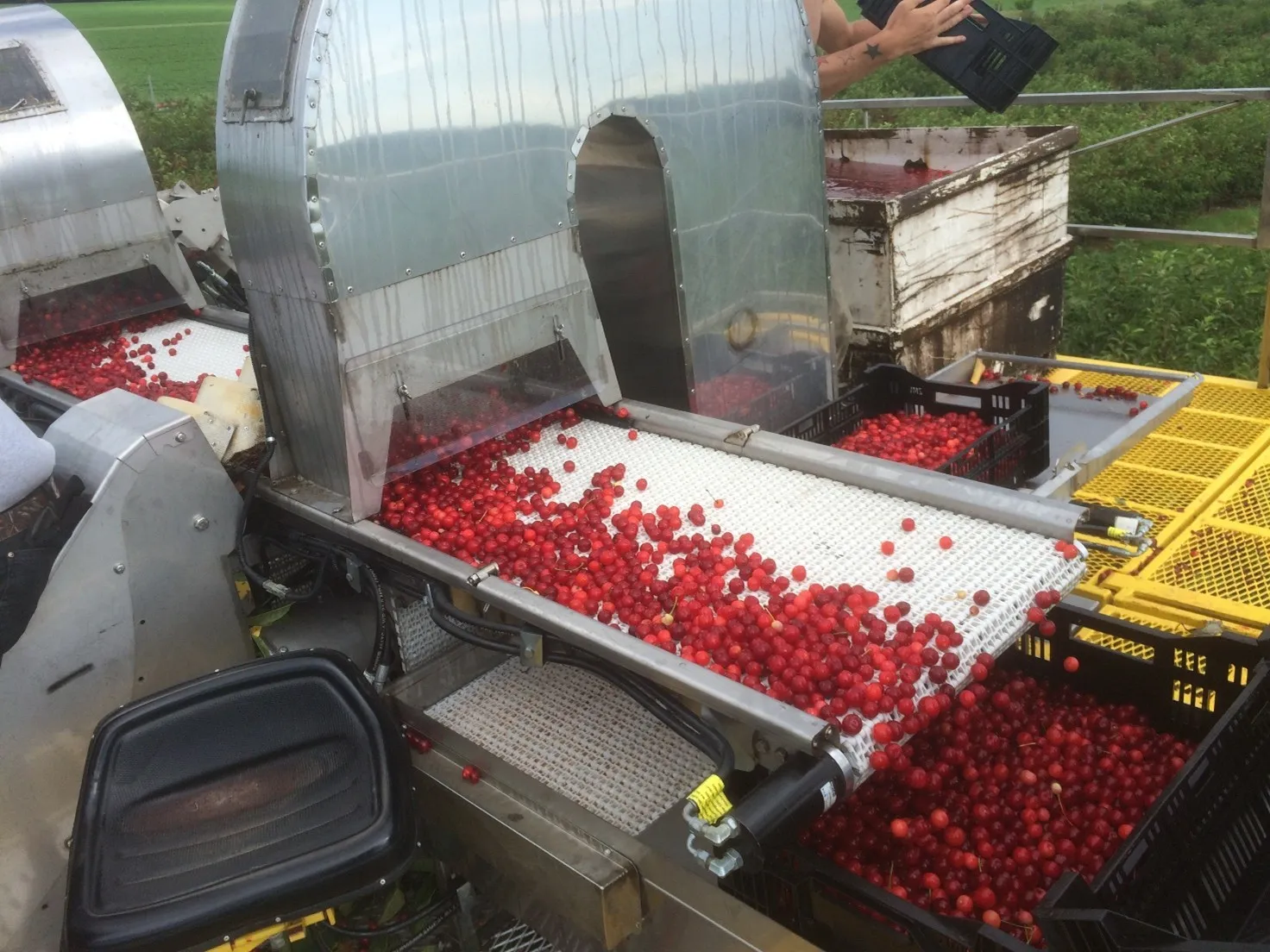An alliance with the multinational exporter Dole will boost the future cherry packing facility that will be launched in the coming months by the Chillán-based company Ingeniería y Construcciones Mañío SpA, in the facilities formerly occupied by the exporter Driscoll’s in San Nicolás.
The packing project “Frigorífico San Nicolás” responds to an unmet demand in the Ñuble region, where currently only two facilities exist, in Bulnes and San Carlos. Three more are planned — including Mañío’s — due to the steady growth of cherry cultivation in the area over the last 10 years. Most of the region’s production currently needs to be processed in the Maule and O’Higgins regions. It is estimated that Ñuble has around 5,000 hectares of cherry trees planted.
In September 2024, Mañío and Exportadora y Comercializadora de Frutas Cordillera SpA — both linked to the Larrere family — were awarded funding from the first edition of Corfo’s IFI Technological Investment Program, to carry out an investment of 8.027 billion pesos (approximately €8.3 million) in a packing facility for the export of cherries, both from Mañío and from other producers.
Processing and technology
Francisco Larrere, general manager of Mañío and director of the project, stated: “we are already implementing the project, the goal is to process fruit next season.” He added that they expect the plant to be ready by October, and specified the purchase of “a Unitec 3.5 line with artificial intelligence, manufactured in Italy, top of the line, with 28 lanes, although we will activate 14; it should arrive in July and represents an investment of over 12 million US dollars (about €11.2 million).”

In the first phase, with 14 lanes activated, they will be able to process between 4.5 and 5 million kilograms of cherries during the season. However, with 28 lanes in a second phase, the processing capacity will reach 10 million kilograms.
The executive explained that “to maintain a minimum processing curve of two months,” they will not only receive cherries from Ñuble, but also late-season fruit from the south and early-season fruit from coastal areas of Linares and Ñuble. In this way, it is estimated that the operation will create a peak of 350–400 direct jobs.
Opportunities and markets
Larrere highlighted that “we signed an alliance with Dole, the largest fruit exporter in the world; and when it comes to cherries, they are among the top three in Chile, along with Garcés and Copefrut.”
He acknowledged that “the past season was complicated for cherries due to the large volume of fruit and the fact that 95% of it went to China. For medium and small exporters, all of their fruit — of all sizes: L, XL, Jumbo, and Jumbo A — was sent to China, even the lower-quality fruit. As a result, the market collapsed and prices were much lower. Therefore, returns are expected to be significantly below historical values.
It is now being proposed that smaller-size fruit (L, XL, and Jumbo) should no longer be exported to China, but to other markets instead. However, accessing these new markets requires marketing channels, and that’s where medium and small exporters face a major challenge: penetrating those markets, reaching wholesalers and supermarkets. Dole already has that infrastructure, having exported all types of fruit year-round to the entire world for the last 30 years.”

“With an exporter of Dole’s caliber operating in Ñuble, farmers across the region will have the opportunity to access more diversified markets, not just China,” concluded Larrere, also emphasizing the higher levels of security that come from working with such a reputable company.
Dole's perspective
Juan Carlos Valenzuela, Director of Production at Dole Chile, stated: “I’m very happy and pleased to have entered into a partnership with the Larrere family; I’m confident we’re going to do a great job, establish Dole’s brand in the Chillán area, and I strongly believe the operation will run smoothly. It’s a pleasure to have closed such a great deal with them, and I hope it lasts a long time.”
The executive analyzed the lessons learned from the latest cherry season in China. “What happened this year was, in a way, expected by the country, due to the number of cherry trees planted.
The fact is that the cherry industry has already built significant presence in the Chinese and other markets, and must keep pushing forward. As exporters and as an industry, we need the capacity to work with quality producers — which we always emphasize — and also to develop new markets. We’ve always been open to this. This year, we sent just over 80% to China and the rest to other markets, including Europe, the United States, Brazil, Taiwan, and Korea, among others,” he explained.
“Therefore,” Valenzuela continued, “what happened this season reminds us that we must keep working on developing new markets and send to China only the product that meets their specific requirements. Obviously, some sizes that used to be sold in China may no longer be viable this year and could be redirected to other destinations. That will help slightly reduce volumes — sizes like G, L, XL. So, for us at Dole, this is a clear message about what we must do to protect and sustain our business.”
Image sources: Mauricio Ulloa; SL Fruit Sercice
Roberto Fernandez
La Discusión
Cherry Times - All rights reserved












